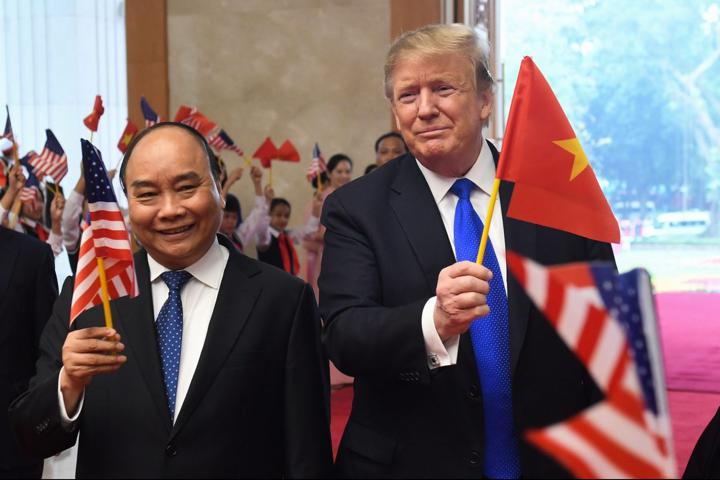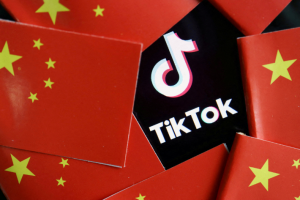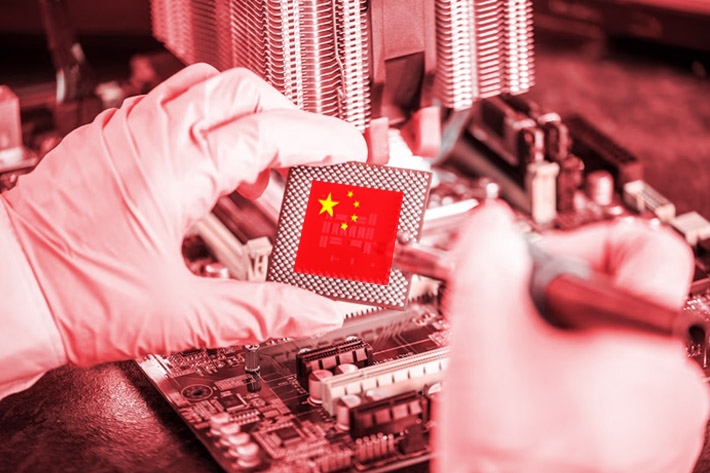Now that Vietnam appears to have won its health war against Covid-19 after recording zero deaths and winning international praise for its crisis management, speculation is rising the nation could also be an economic winner of the pandemic.
According to Vietnamese sources, there is widespread anticipation that the country will benefit from America’s moves to economically “decouple” from China by moving supply chains out of China and into other regional countries including Vietnam.
In early May, regional media reported that US tech giant Apple began producing 3-4 million units – or about 30% for the quarter – of its AirPod earphones in Vietnam in April, a sign that the firm is relocating some of its supply chains away from China.
The report noted that many of Apple’s suppliers, including Foxconn and Pegatron, and iPad maker Compal Electronics, are also expanding operations in Vietnam. Inventec, an AirPods assembler, is reportedly building a plant in Vietnam.
The coronavirus crisis has escalated superpower tensions, with US President Donald Trump ratcheting up anti-China sentiment even more than normal, including by spreading conspiracy theories that the virus originated in a Wuhan biological lab rather than a wet market.
Earlier this month, Trump told Fox News that “we could cut off the whole relationship”, a threat that gained steam this week with the US Senate unanimously approving still pending legislation that if passed would force Chinese companies to give up their listings on US stock exchanges.
On May 18, it was reported that US officials are drawing up plans for a major push to compensate US businesses that bring back foreign operations, including a proposed US$25 billion “reshoring fund.” The Japanese government also has plans to pay its businesses to bring operations home from China.
Moreover, Trump has also recently threatened to introduce new tariffs on top of the current 25% tax on some $370 billion worth of Chinese goods exported to the US, which will pinch US firms still active in Chinese supply chains.
Reports suggest that the Trump administration is working to create a new alliance of “trusted partners” known as the “Economic Prosperity Network” to actualize decoupling from China.
-
![]()
US President Donald Trump holds a Vietnamese flag as Vietnam’s Prime Minister Nguyen Xuan Phuc (L) waves a US flag upon their arrival for a meeting at the Government Office in Hanoi on February 27, 2019. Photo: Saul Loeb/AFP
Speaking in late April, Secretary of State Mike Pompeo insinuated that Vietnam would be part of this alliance when he said he was in talks with Hanoi as well as Australia, India, Japan, New Zealand and South Korea on “how we restructure.supply chains to prevent something like this from ever happening again.”
At the same time, Vietnam is now desperately seeking new growth drivers, particularly as foreign investment fell by 15% between January and April compared to the same period last year.
In early May, Prime Minister Nguyen Xuan Phuc appealed to the country’s business and public sectors to “put our heads together to restart Vietnam’s economy.”
“Vietnam’s economy is like a compressed spring waiting to be stretched out,” Phuc told domestic and foreign business representatives in an online event billed as Vietnam’s largest-ever business conference.
In recent years, many multinational firms relocated at least some of their supply chains out of China to places like Vietnam, where labor is cheaper and infrastructure comparably sufficient.
Last year, South Korea was the largest investor in Vietnam, providing almost a fifth of the total US$38 billion of new foreign direct investment in the country. It was followed by Hong Kong, Japan and China.
The global economy was already suffering pre-pandemic from a protracted US-China trade war that some hoped would draw to a close by the end of January via a “phase one” agreement.
Yet Vietnam was one of the few Asian economies to actually prosper from the trade war, as higher US tariffs on Chinese exports forced manufacturers to move their operations out of China.
For the same reasons, Vietnam could prosper from the coronavirus-induced move of supply chains out of China.
Minimum wages in Vietnam are lower than even in poorer neighbors like Cambodia, currently ranging between $132 and $190 per month depending on location.
READ MORE: SE Asia seeks to cash in on Covid-19 malaise
Vietnam is party to more than a dozen free trade agreements, including the 11-member Comprehensive and Progressive Agreement for Trans-Pacific Partnership and a new one signed with the European Union last year.
Some analysts refer to this as the expansion of “China plus one” or “China plus two” strategies, where foreign firms maintain some supply chains in China but diversify operations to other countries, especially those geographically near China, like Vietnam.
While the expectant surge of new investment from firms leaving China for Vietnam may soften the coronavirus-induced economic slump that every nation now faces, “Made in Vietnam” is not about to replace “Made in China” anytime soon – or even at all.
David Dodwell, executive director of the Hong Kong-APEC Trade Policy Study Group, a trade policy think tank, noted some major differences between Vietnam and China in a recent article in the South China Morning Post.
Size is one. Vietnam’s gross domestic product (GDP) in 2018 was 55 times smaller than China’s, while 15 of China’s provinces have a larger GDP than the whole of Vietnam, analysts note.
Moreover, China has around 800 million manufacturing workers, whereas Vietnam has just 55 million. In 2017, Dodwell noted, China’s share of global manufacturing output was over 28% while Vietnam’s was just 0.27%.
Then there are more technical aspects. Shanghai’s container ports, among the busiest in the world, can process 40 million containers per year, whereas Vietnam’s biggest port, in Ho Chi Minh City, can only process 6.15 million containers.
Even at present, Vietnam is struggling to cope with rising electricity demand. This month Prime Minister Ngyuen Xian Phuc asked households and businesses to cut electricity usage, including by turning off advertising lights at night.
There is also the fact that China has a fast-growing domestic consumer market, meaning foreign investors can expect big profits without having to export the products they produce in China.
-
![]()
A man wearing a protective face mask walks past a souvenir shop in Hanoi. Photo: AFP/Nhac Nguyen
That’s less true in Vietnam, which in terms of GDP per capita is still below poor countries like Libya, Guatemala and Belize.
More money also brings more problems for Hanoi. Since Trump entered the White House in January 2017, he has had an up-and-down relationship with Vietnam. Prime Minister Phuc was the first Southeast Asian leader he spoke to and invited to the White House.
But Trump’s obsession with reducing America’s trade deficits has tested its ties with Hanoi. Indeed, Trump even lashed out at Vietnam during the height of the US-China trade war last year as the “worst abuser” for its considerable trade surplus with America.
Phuc has tried to bring this into line, signing several major import deals with the US worth billions of dollars, including big ticket Boeing airplane purchases, in order to reduce its trade surplus. But those efforts have not been able to stop the trade surplus from rising.
In 2019, Vietnam’s trade surplus with the US rose to $47 billion, up from US$34.9 billion in 2018, according to figures from Vietnam’s General Statistics Office.
Yet if Washington is serious about decoupling supply chains from China and moving a significant number of them to Vietnam, thereby boosting the quantity of Vietnamese exports to the US, then Vietnam’s trade surplus with the US is certain to keep rising.
If Trump wins a second term at November’s presidential election, and if he maintains his obsession with reducing US trade deficits at the same time as he drives supply chains from China to Vietnam, Hanoi will have to delicately balance its position as a post Covid-19 alternative to China.


























